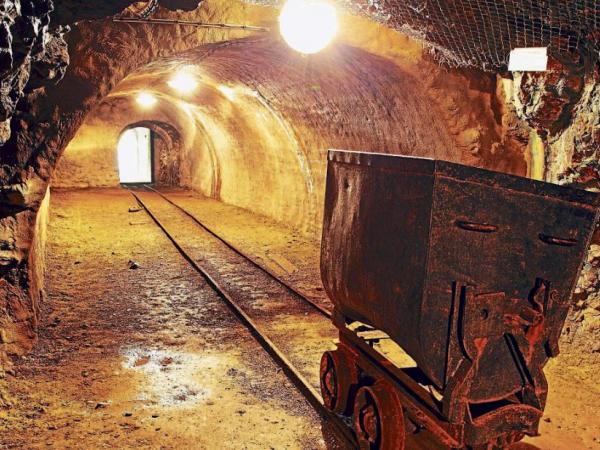Aguas Andinas delivered the results of its financial management for the year 2021, where it has continued to execute an intensive investment plan, even in the midst of a context marked by the difficulties of the effects of climate change and the health emergency due to Covid-19. Along these lines, the company reported that last year it made investments higher than those of the previous period, reaching $154,239 million, almost 30 billion more than in 2020 ($124,620 million).
The focus of management during the period has been focused on making the necessary investments and actions to face the effects of climate change such as the mega-drought and extreme weather events that allow ensuring the delivery of a strengthened supply for citizens. For this, it was necessary to make larger purchases of water (which increased by $2,236 million compared to the previous year), allowing the safety level of the El Yeso reservoir to be maintained with a volume of 158.2 hm.3 at the end of 2021, which represents a 13% increase compared to the 140.1 hm3 of volume stored as of December 31, 2020.
The profound water scarcity occurs in a context of significant imbalance in the balance of supply and demand, being essential to add new sources, have greater redundancy in the infrastructure and increase the resilience of the system to deliver an increasingly robust supply in the face of climate change .
In this line, the beginning of the works of the Wells of Cerro Negro – Lo Mena, infrastructure that will allow to reinforce the supply in the southern sector of the city; the expansion and modernization of the Padre Hurtado drinking water treatment plant; the new large-scale drinking water matrix in Providencia and the renewal of drinking water and wastewater networks, as well as the greater autonomy of Aguas Cordillera thanks to the new San Antonio and San Enrique ponds. The results of the Hydraulic Efficiency Plan also stand out, which allowed the recovery of 500 l/s of drinking water production in the period between 2019 – 2021, equivalent to the annual consumption of 240,000 people, that is, more than that of a city like Temuco (230,000 inhabitants).
In addition, in August of last year, a historic collaboration agreement was signed with the Irrigation Associations of the First Section of the Maipo River, to reinforce the supply to the population, improving and optimizing the water management of the basin.
For her part, the General Manager of Aguas Andinas, Marta Colet, pointed out that “We are experiencing a complex current context, which requires us to continue making a great adaptation effort to supply citizens with an essential resource such as water. For this reason, it is necessary not only to have new sources, but also greater redundancy in the infrastructure and strengthen the resilience of the system to deliver an increasingly robust supply despite increasingly extreme weather conditions. To this end, throughout the past year we have deployed an intense preventive strategy and the implementation of new key infrastructure works, disposing of all the economic, technical and human resources to ensure the continuity of the operation and the supply of the essential resource for the population.”.
Financial results
As for the company’s net income, it amounted to $100,645 million, an increase of 2% compared to the previous year. Likewise, higher healthcare revenues amounting to $18,314 million were reported, mainly associated with rate adjustments resulting from the application of the indexation polynomial, which is highly correlated with inflation, the entry into operation of new investments and the increase in non-sanitary revenues due to $6,799 million, mainly due to increased activity in home services for customers, agreements with developers, technical advice on rural drinking water, and increased activity in non-sanitation subsidiaries. The increase in income has been partially offset by higher operating costs associated mainly to higher purchases of raw water amounting to $2,236 million and higher network maintenance costs amounting to $7,577 million.
At the non-operational level, there is a higher financial cost of $29,800 million compared to the previous year, mainly associated with the revaluation of the financial debt due to the variation of the Unidad de Fomento (6.6% in 2021 vs. 2.7% in 2020 ).








